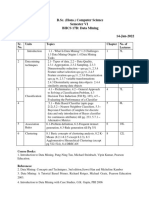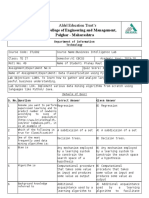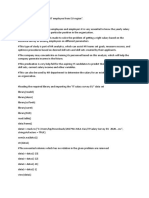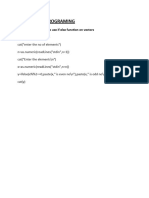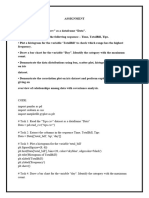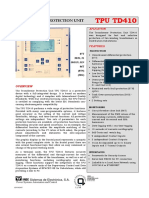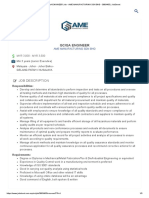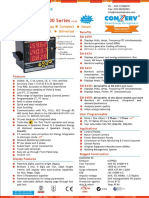0% found this document useful (0 votes)
25 views53 pagesFinal Practical
The document describes a student's data mining practical assignment. It includes questions on preprocessing a dataset, applying rules to check data validity, running the Apriori algorithm to find frequent itemsets and associations, and comparing the accuracy of naive bayes, KNN and decision tree classifiers on iris data under different training and testing splits.
Uploaded by
ananomous.emailCopyright
© © All Rights Reserved
We take content rights seriously. If you suspect this is your content, claim it here.
Available Formats
Download as DOCX, PDF, TXT or read online on Scribd
0% found this document useful (0 votes)
25 views53 pagesFinal Practical
The document describes a student's data mining practical assignment. It includes questions on preprocessing a dataset, applying rules to check data validity, running the Apriori algorithm to find frequent itemsets and associations, and comparing the accuracy of naive bayes, KNN and decision tree classifiers on iris data under different training and testing splits.
Uploaded by
ananomous.emailCopyright
© © All Rights Reserved
We take content rights seriously. If you suspect this is your content, claim it here.
Available Formats
Download as DOCX, PDF, TXT or read online on Scribd
/ 53



























